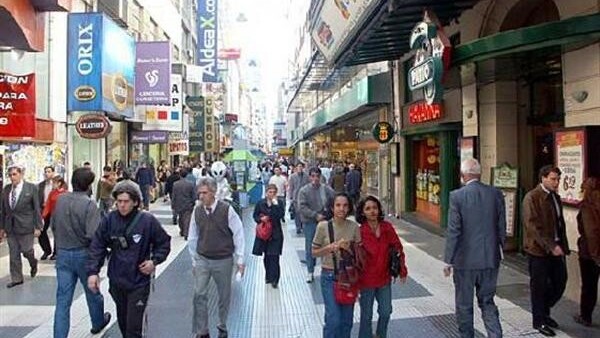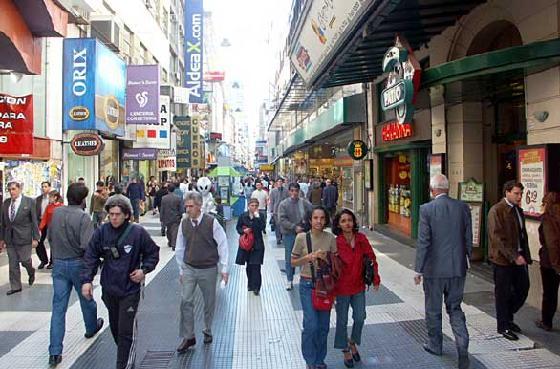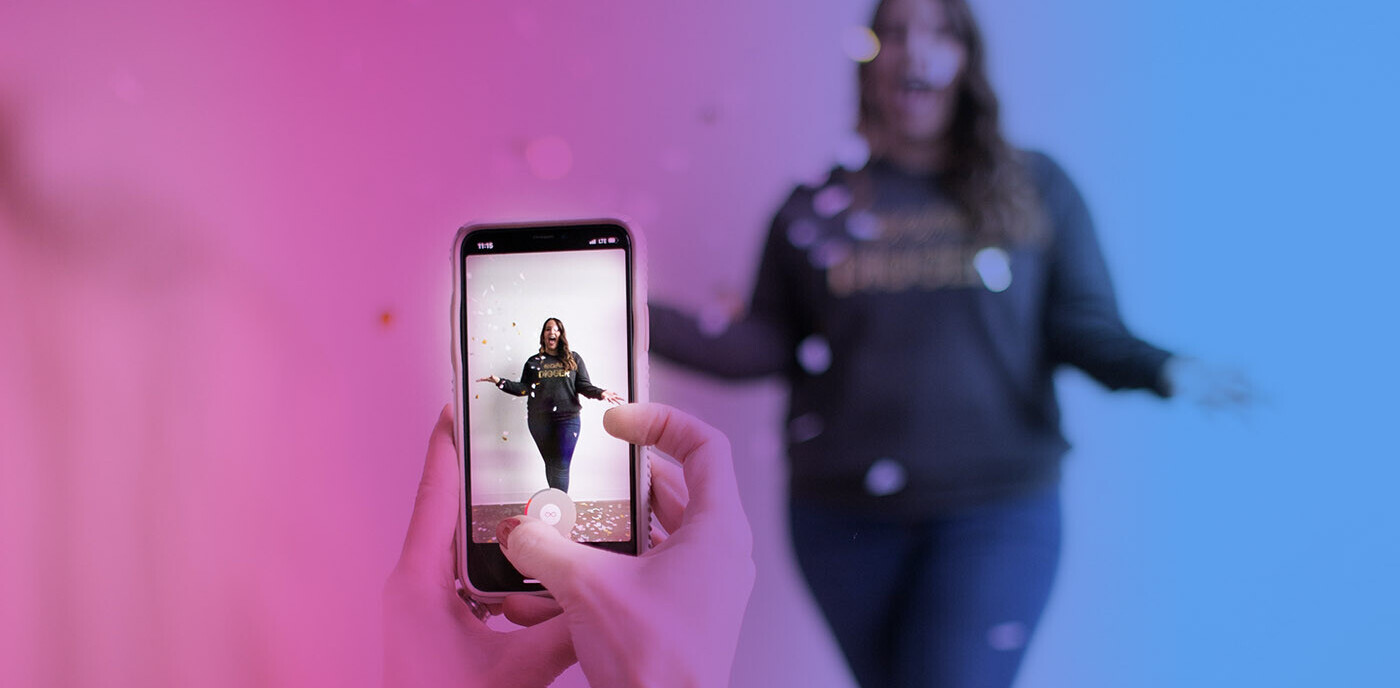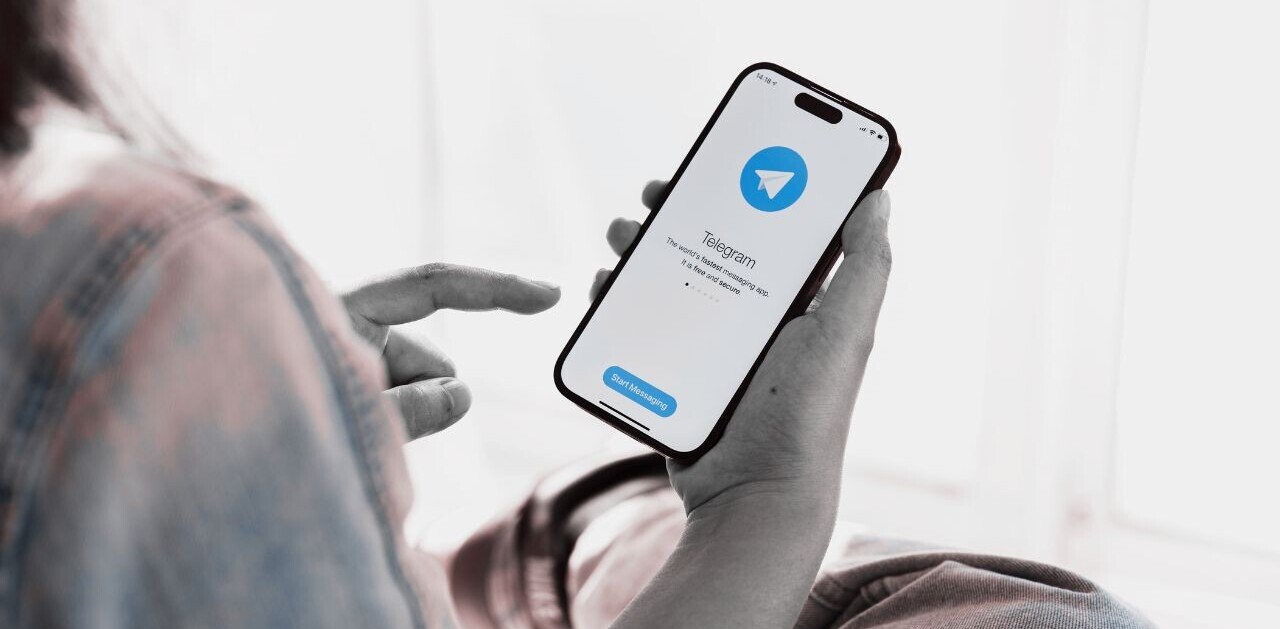

Businesses chasing brand loyalty in their customers is nothing new, but the way they’re doing it may be. In these days of digital communication and smartphones, many companies are utilizing Social Media and emerging technologies to expand their marketing strategies. Facebook‘s “Like” button is all over the Web, email subscriptions abound on every blog imaginable, and services like Twibbon make it easy to display your support for a brand or cause on your profile picture. The question we must answer now is, do these methods actually create loyal customers?
Clicking a “Like” button on Facebook, or even going through the process to add a Twibbon to your profile picture is a fairly passive action, and doesn’t cost the user anything. With the emergence of the “Like” button around the Web, and suggestions built into platforms like Facebook and Twitter, Social Media users are constantly bombarded with options to like, follow, or support various brands. A simple click as a passing gesture, however, does not necessarily guarantee a sale, a donation, or even a customer loyal enough to spread the word about your company.
Using the information gathered from gaining followers and fans may be the crucial step to making use of these systems at all. Shopping site TheFind recently started using Facebook data to personalize search results, making products show up more frequently from stores or brands you have liked on Facebook. Facebook friends who have liked similar products or brands will also be shown, personalizing the shopping experience further, and encouraging you to like more Facebook pages as you shop. The information gained by Facebook as you like or dislike brands around the Web is now being used to create a personalized experience, and encourage further engagement in TheFind’s website.
Businesses have also started latching onto location-based applications, making use of user data that illuminates shopping, eating, working, and recreational habits. Brands such as Starbucks and Saks Fifth Avenue have used Foursquare to run promotional campaigns that encourage users to follow brand updates, visit their stores, and make purchases. By giving their most frequent visitors free coffees, the Starbucks campaign encouraged both engagement with Foursquare, and frequent visits to their stores. The Saks campaign took it a step further by requiring users to check-in at various departments throughout the store to receive free gifts. InStyle magazine partnered with Saks for the promotion, offering style tips to users who follow InStyle’s foursquare account when they check-in to each department. Offering a reward to customers through check-in applications encourages visits, but also increases the customers’ engagement with your brand, making it more likely that they will remember your company once the promotion is over.
Other location-based applications like SCVNGR build on the game-style aspect of checking-in that Foursquare has tapped into with badges and mayor titles. NFL team the New England Patriots created an in-depth location-based campaign using the SCVNGR platform to engage fans in Patriot-themed activities. Completing challenges like taking a photo of themselves dressed in Patriots gear, fans of the team racked up points and collected clues in their efforts to win a grand prize of lunch with three players.
Similar promotions have been run by TV Network, Showtime, and The Smithsonian Institution. These type of campaigns connect with users virtually, but link these connections to real-life events, whether they be attending a physical event, completing challenges, or making purchases. The gaming aspect of these promotions take customers inside the marketing efforts to interact with the brand, rather than interacting passively with traditional advertising.
These new ways of engaging consumers do not necessarily mean that old media is dead, however. While Facebook still has the biggest piece of user-information pie, customer databases will continue to be of importance. With a little creativity, tried-and-true methods such as email newsletters and even print advertising can still be used effectively to get a message out. When it comes to creating brand loyalty, however, the emphasis must be on creative engagement and interaction to ensure long-lasting customer relationships.
Get the TNW newsletter
Get the most important tech news in your inbox each week.




